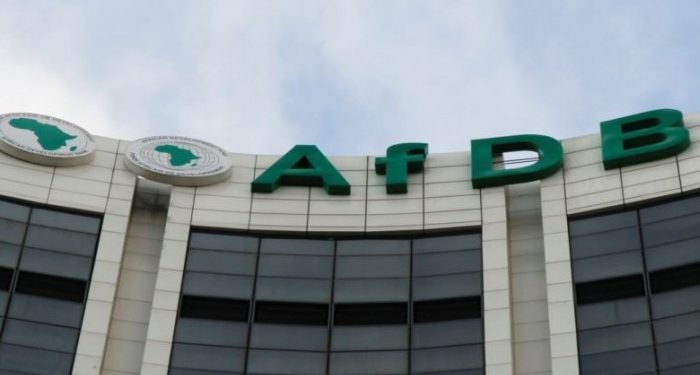The African Development Bank has successfully priced a dual-tranche US$ 500 million 3-year and US$ 100 million 2-year Green bond, the first of its kind in the market.
The fixed rate tranche, oversubscribed within three hours of formal book opening with the support from high quality green investors, was priced at mid-swaps (MS) flat, in line with Initial Price Thoughts (IPTs) and providing a very limited new issue premium. The Secured Overnight Financing Rate-linked tranche, the result of a green reverse enquiry, priced at SOFR + 32 basis points (bps) and was placed almost entirely in the hands of green-dedicated investors.
Building on the Bank’s Ten-Year Strategy for 2013-2022, whose overarching objective is to promote inclusive and sustainable growth by supporting African countries transition to “green growth”, the Bank established a Green Bond Framework in 2013 with the goal of supporting the Bank’s commitments towards climate change mitigation and adaptation.
This is the 7th Green Bond under the Bank’s Green Bond Framework and 3rd in USD benchmark format, and it highlights the Bank’s consistent effort to fully play its role as one of the main actors of climate finance in relevant sectors such as renewable energy, energy efficiency, clean transportation, biosphere conservation and sustainable water and wastewater management.
“We are delighted with the success of our 7th Green Bond transaction, highlighting our continued commitment to addressing the devastating effects of climate change in Africa. A partnership with a dedicated Socially Responsible Investor enabled us to launch the first ever SOFR-linked transaction in the green bond market. We will continue to try to break new ground to fulfil our mandate in Africa,” said AfDB’s Treasurer, Hassatou N’Sele.
The transaction was announced on Monday 26 November 2018 at 3pm London time, with IPTs for the US$ 500 million 3-year tranche released at MS flat area. Strong interest from real money accounts and central banks started flowing into the books from the outset, with indications of interest exceeding US$ 400 million (excluding Joint-Lead Managers (JLM) interest) the next morning. Books officially opened at 08:25am London time on Tuesday 27 November for both tranches, with price guidance of MS flat bps area for the fixed rate tranche and SOFR + 32 bps area for the floating rate tranche. Books closed at 1:30pm, London time, in excess of US$ 590 million (excluding JLM interest) for the fixed rate tranche. Soon after the transaction was launched with US$ 500 million size and the spread set in line with IPTs at MS flat. The SOFR-linked tranche was set with US$ 100 million size at SOFR + 32 bps.
“AFDB’s green bonds enable our clients to invest in high-quality renewable energy projects like solar and wind farms in Africa through a familiar SSA fixed income offering. The global climate benefit of this type of infrastructure build is significant and drives at the spirit of what the green bond market was built to accomplish,” said Ashley Schulten, Head of Responsible Investing, Global Fixed Income at Blackrock, one of the investors who participated in the bond transaction.
 There was very strong support for the transaction from green dedicated portfolios but also from investors who integrate Environmental, Social and Governance (ESG) considerations in their investment strategies. The participation of such investors reflects The African Development Bank’s solid green framework and the high quality of its impact reporting.
There was very strong support for the transaction from green dedicated portfolios but also from investors who integrate Environmental, Social and Governance (ESG) considerations in their investment strategies. The participation of such investors reflects The African Development Bank’s solid green framework and the high quality of its impact reporting.
“It is great to see African Development Bank’s ongoing commitment to the Green bond market in spite of the turbulent markets we have seen in recent weeks. These deals don’t happen by accident and require planning and a serious commitment to investor outreach. The response from investors on today’s deal fully vindicates AFDB’s efforts.” Added Paul Eustace, Head of Syndicate, TD Securities.
The final order book included more than 40 investors across both tranches. In the fixed rate tranche, central banks and official institutions took the lion’s share of the transaction with 61 per cent, while asset managers took 24 per cent, pension and insurance companies 12 per cent and bank treasuries 3 per cent. By geography, Europe led with 39 per cent, the Americas followed with 28 per cent, Asia with 26 per cent and Africa and the Middle-East with 7 per cent.
In the SOFR-linked tranche, central banks and official institutions were 65 per cent, pension and insurance companies 23 per cent and asset managers 12 per cent, while by geography, 91 per cent went to Americas and 9 per cent to Europe.




